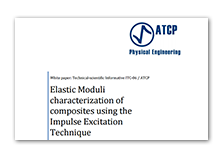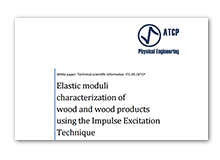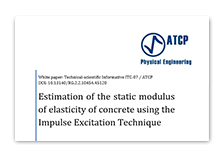Elastic moduli relevance
Materials when in service are subjected to loads, for example, aluminum alloys in an airplane wing, steel in an automobile axle and concrete in a pillar. In these situations, it is necessary to know the material characteristics, including the elastic modules, in order to design the parts and elements so that the resulting strains are predictable and not excessive to the point of plastic deformation, accelerated fatigue or even ruptures.
The mechanical behavior of a material largely depends on its response to the load. The properties that correlate strain with stress are the elastic moduli, which have different definitions depending on the applied stress. In addition to elastic moduli, other properties are equally important, for example strength and ductility in the case of metallic materials.
The measurement of mechanical properties is carried out through carefully programmed laboratory experiments, according to conditions established by standards, for example, by ASTM-E1876. In the specific case of elastic moduli, the methods can be dynamic by vibrations or ultrasound, or static ones, that subject the specimen to a known stress and simultaneously measure the strain.
For more information, visit: References and Publications



